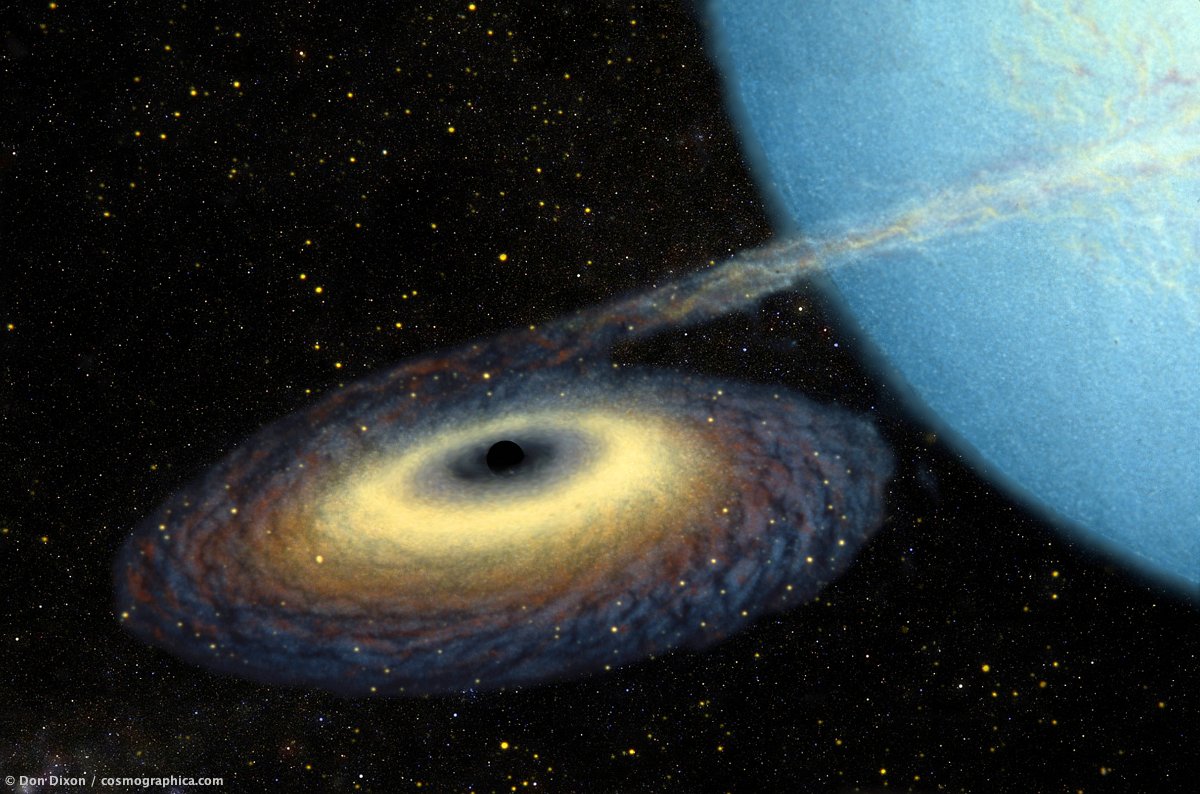

Reference Paragi2013), this implies that astrometric observations can only be carried out in the hard and quiescent states, when the faint, flat-spectrum radio emission is believed to arise from a relatively steady, compact jet that is causally connected to the binary system (e.g. Except for the few outbursts without an associated ejection event (e.g. Reference Russell, Miller-Jones, Maccarone, Yang, Fender and Lewis2011) during the soft, thermal-dominant X-ray state seen following the peak of the outburst. The radio emission is then quenched by a factor of at least several hundred (Russell et al. Mirabel & Rodríguez Reference Mirabel and Rodríguez1994). The radio emission at any particular wavelength is brightest at the peak of sporadic (and unpredictable) outbursts, and typically arises from relativistically-moving jet knots that are no longer causally connected to the binary system (e.g. Fender, Belloni, & Gallo Reference Fender, Belloni and Gallo2004, for a review), and is not always suitable as an astrometric target. However, the radio emission from X-ray binaries depends strongly on the X-ray spectral state (see, e.g. Reference Brunthaler, Reid, Falcke, Greenhill and Henkel2005, Reference Brunthaler, Reid, Falcke, Henkel and Menten2007).Īs Galactic objects with radio-emitting jets, X-ray binaries provide a potential set of astrometric targets that can be used to study jet physics and the formation of compact objects, and for which geometric parallax distances can be invaluable in constraining fundamental system parameters such as peak luminosity (relative to the Eddington luminosity) and black hole spin. Reference Loinard, Mioduszewski, Torres, Dzib, Rodríguez, Boden, Henney and Torres-Peimbert2011), and, over a sufficiently long time baseline, out to Local Group objects (Brunthaler et al.

This enables the measurement of model-independent parallax distances for radio-emitting objects out to several kiloparsecs, and proper motions for radio sources anywhere in the Galaxy (e.g. The past decade has ushered in an epoch of precision astrometry, with increases in sensitivity and enhanced processing techniques permitting very long baseline interferometers to make astrometric measurements accurate to a few tens of microarcseconds.


 0 kommentar(er)
0 kommentar(er)
